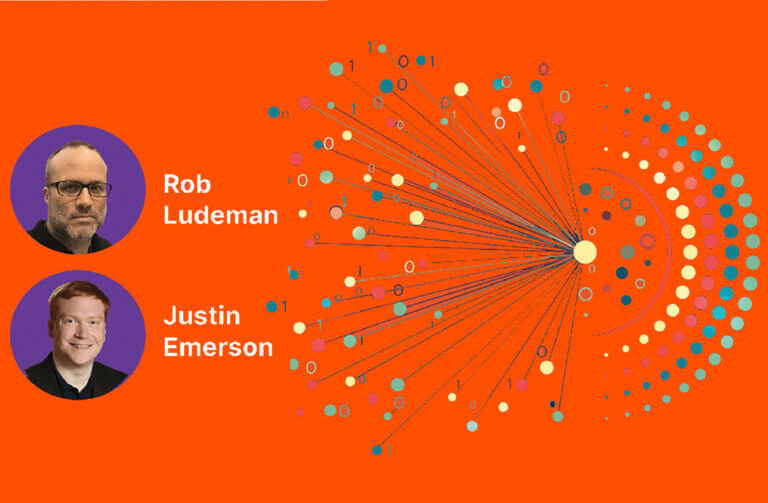For conversational AI interfaces to take root and create real return on investment (ROI) for organizations, chatbots need more human-like traits—and that means training models with a greater volume of validated data. Here’s a look at this trend and what organizations need to succeed.
HR and Customer Comms: A Use Case Ripe for AI ROI
Research has found that people respond well to chatbots and conversational AI that incorporate traits typical of human interactions. That includes self-disclosure, politeness, and trust. It’s likely why HR leaders, in particular, are leading the charge in adopting conversational AI. Last year, Gartner predicted that 75% of HR inquiries would be initiated through conversational AI platforms by now. With the explosion of generative AI and large language models, this is likely—lowering the barrier to entry for conversational AI and making it particularly economical.
But organizations applying the technology to certain interactions should note one very important consideration: tone matters.
Conversational AI should mirror the style and cadence of human-like conversations. That means conveying a sense of active listening with lengthy pauses, thoughtful responses, and reciprocal interactions. This builds feelings of trust and fairness due to the perceived similarities and attitudes with humans.
Whether it’s employees or customers, accuracy and empathy are key. That also means determining when to escalate an interaction to a human.
Transparency and Tone Will Determine Success
Assessments, FAQs, and virtual onboarding are clear winners, but employee engagement is a different animal—and one where well-trained conversational AI can move the needle. Combined with generative AI capabilities, the responses can mine knowledge bases to be even more relevant, contextual, and helpful.
Scholars have suggested that employees are more likely to divulge additional information to a chatbot than they would to a human. They may be more inclined to disclose and communicate personal information due to the impression that the chatbot is an extension of the manager. It creates a climate of trust and perceived fairness, giving employees the confidence to expand on their thoughts because the organization is listening to them and their ideas. They know the chatbot is not a human, yet they still feel a sense of trust that encourages them to speak up without retribution.
So, how can leadership use this to build more trust and transparency? A large part of how employees judge fairness and justice in an organization directly relates to respect. When employees have a way to communicate their issues and can expect some form of restitution from it, it gives them a sense of control. This bolsters the feeling of the leadership’s fairness and satisfaction with the process. It’s even been suggested that companies that use virtual agents or AI personal assistants in the future will see this positivity expand to the new entity as well.
AI as an Extension of HR and CX
Whether it’s on its own or augmenting a human’s role, AI will automatically be seen as an extension of the organization. First impressions are essential, making this situation particularly important in this case, as it can be a double-edged sword. If a company is going to use an AI chatbot internally to perform, for example, a quarterly survey, and the employees already have trust in the company and the leadership, this will be a positive for the introduction of the chatbot. However, if you have a chatbot on your website and it does not function well in its interactions with new customers, this can be detrimental to making a good first impression. Remember, even with AI, first impressions are everything.
The second consideration is equally important: privacy and security. If an AI model is accepting queries and data and returning sensitive, proprietary information, how organizations implement these models and the data that power them is critical to their success.
Conclusion
Trust, transparency, fairness, and confidence are traits important to conversational AI, chatbots, and other applications that run on large language models. Where first impressions are everything, these traits make a difference, and these traits, along with data and service, are what give us our top 1% rating for all B2B organizations for NPS score.
When choosing an AI storage partner, consider who you want to partner with to power your conversational AI. To get the most out of your AI infrastructure, a high-performance, low-latency storage platform is key to optimizing AI outcomes. A robust and efficient storage platform for AI like FlashBlade//S™ can handle all of the tasks thrown at it from myriad powerful NVIDIA GPUs. AIRI//S™ tightly couples NVIDIA DGX, NVIDIA networking, and FlashBlade//S to provide an AI-ready infrastructure even faster, delivering a pre-tested solution.
![]()






